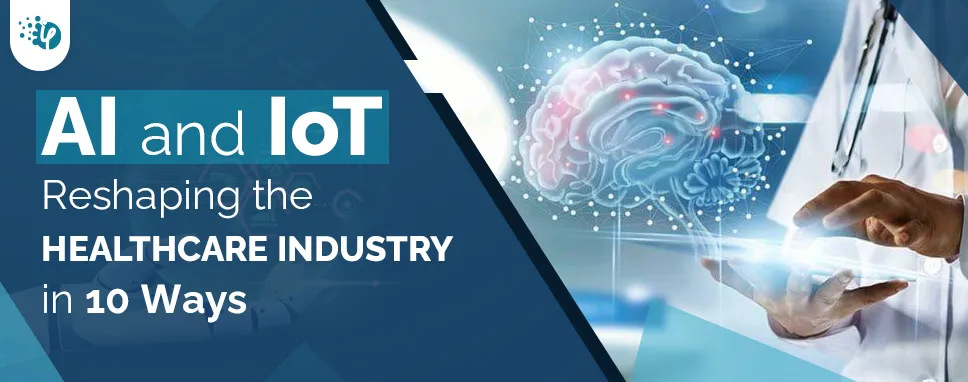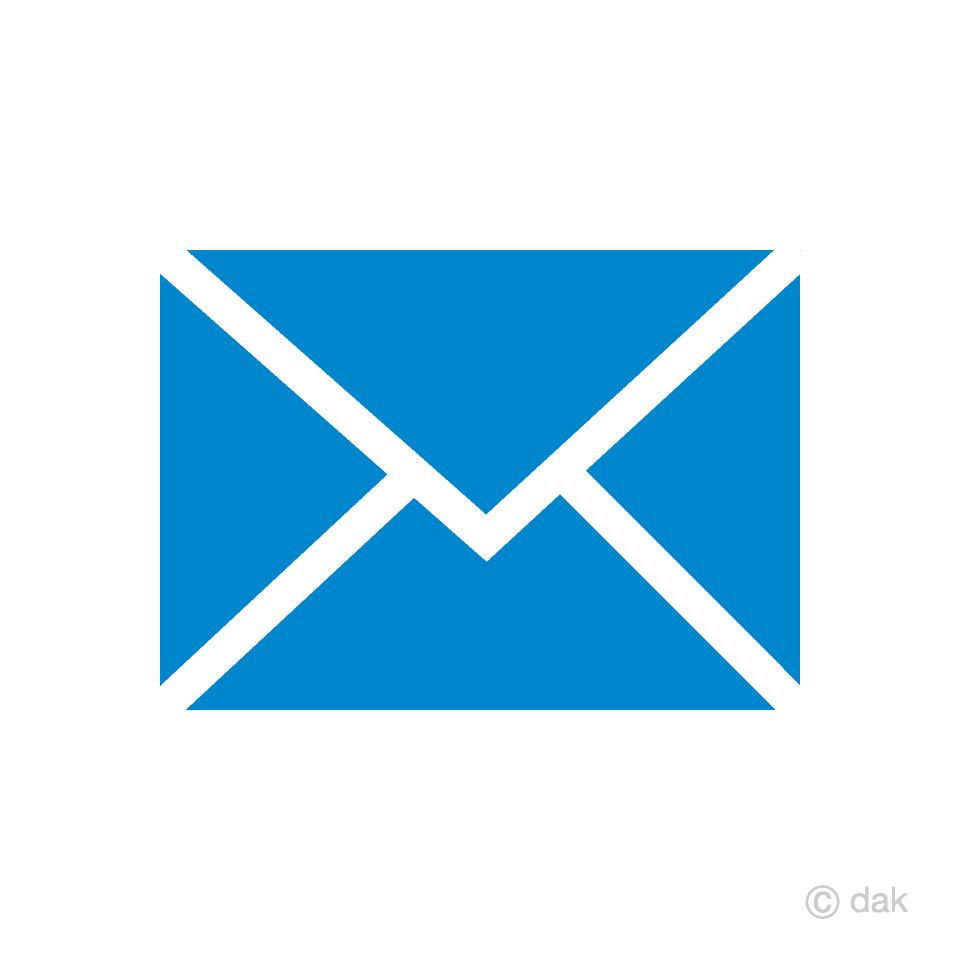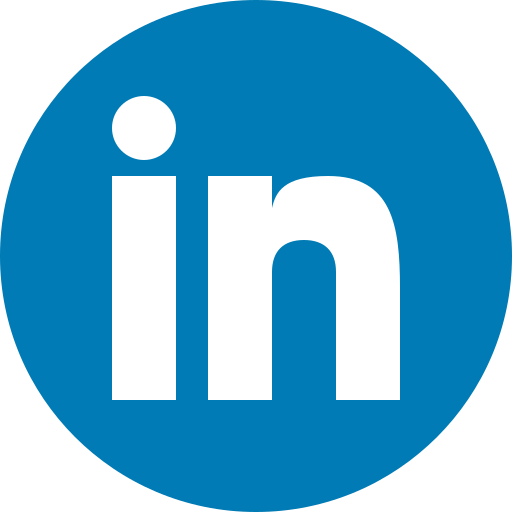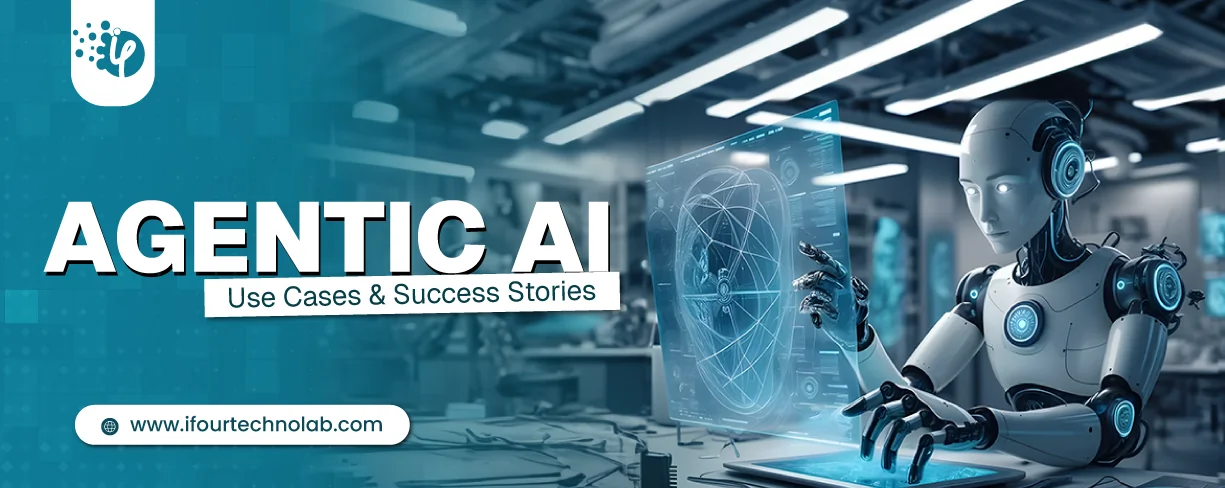Monitor health and track patient symptoms
The healthcare industry is being disrupted by the advent of AI and IoT. AI is being used to diagnose diseases and recommend treatments, and IoT is being used to monitor patients’ health and collect data. These technologies are helping to improve the quality of care and reduce costs.
AI is being used to diagnose diseases and recommend treatments. For example, Google’s DeepMind is working with the NHS to develop an AI system that can diagnose eye diseases. The system is already being used to diagnose diabetes and heart disease. For example, AI is being used to develop new drugs and personalized treatments.
IoT is being used to monitor patients’ health and collect data. For example, IBM is working with the Mayo Clinic to develop a system that uses IoT to monitor patients’ health. The system can track patients’ vital signs, their movements, and the environment around them. In addition, IoT is being used to develop new treatments. For example, IoT is being used to develop new drugs and personalized treatments.
AI and IoT are helping to improve the quality of care and reduce costs. For example, the use of AI and IoT can help to reduce the number of hospital readmissions. In addition, the use of AI and IoT can help to reduce the cost of care. For example, the use of AI can help to reduce the cost of drug development.





















